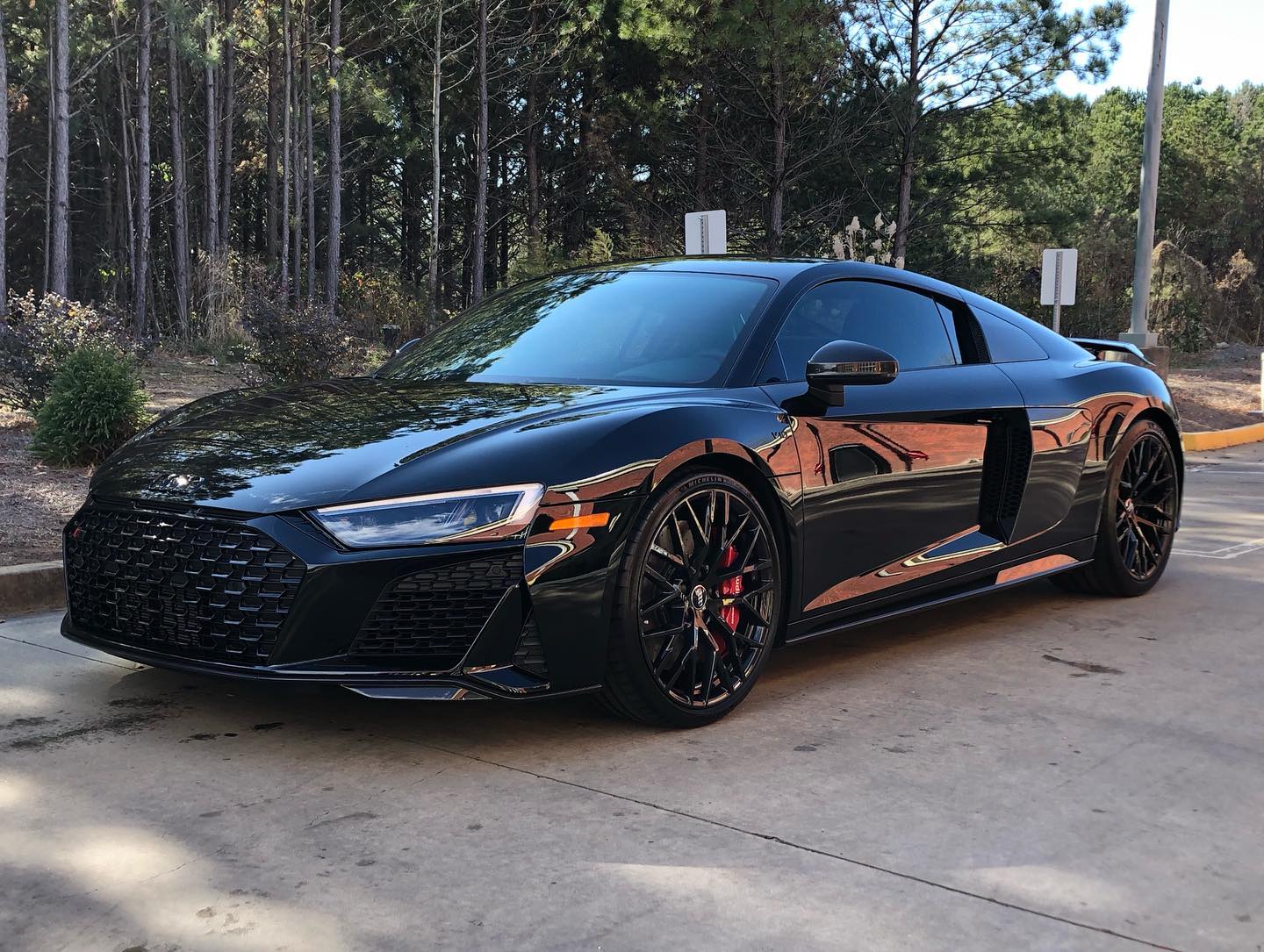
Medical Exceptions: Wisconsin law allows medical exemptions that would allow the use of special tints.Īlways check with your local Department of Motor Vehicles or law enforcement to make sure that window tinting is legal in your area before having it done.Stickers: The sticker/label of compliance to identify legal tinting is not required between the film & glass on each tinted window.Certificates: Film manufacturers are not required to certify the film they sell in this state.Restricted Colors: Wisconsin does not restrict tint colors.Side Mirrors: Dual side mirrors are required in this state if the rear window is tinted below 60% VLT.

Here are the specific rules for other Wisconsin window tint laws and regulations: The purpose of these regulations is to protect motorists from harm and to stop people from abusing window tints. There are various significant laws and regulations surrounding window tinting in Wisconsin, including those pertaining to darkness and reflection. Other Wisconsin Window Tint Rules and Regulations
WINDOW TINT PERCENTAGES WISCONSIN DRIVERS
This is done to guarantee that drivers have adequate rearward and sideward views when reversing or switching lanes. This is due to the fact that highly reflecting tints present a hazard to other motorists.Īlso, if your rear window is tinted, you’ll need two side mirrors to comply with Wisconsin regulations. It’s possible that even if your tint is under the VLT guidelines, it could still be prohibited if it has a metallic or reflected effect.
WINDOW TINT PERCENTAGES WISCONSIN WINDOWS
Front Side windows : Tinting film must not be reflective.However, there are strict laws and regulations regarding window tint reflection in Wisconsin.įor sedans and SUVs, the rules for window tint reflection are the same: Window tints not only reduce the amount of light and heat that enters your car, but they can also reflect incoming light, reducing glare and making it easier to see while driving. This certificate is your assurance that your window tint is legal in Wisconsin State. Take note that commercial vehicles like buses and limos are subject to a different set of regulations than passenger automobiles and trucks.Ī certificate of compliance, issued by the window tint installer and kept in the vehicle at all times as per Wisconsin law, is also necessary.


Front Side windows: Must allow more than 50% of light in.Windshield: Non-reflective tint is allowed above the manufacturer’s AS-1 line.This percentage is measured by visible light transmission (VLT), which is the amount of visible light that can pass through the window.įor sedans, the rules for window tint darkness are as follows: In Wisconsin, the percentage of light allowed through your car’s window tint is very specific and varies depending on the type of vehicle. Not only will it ensure that you are in compliance with the law, but it will also help you make an informed decision about what type of tint to use. Knowing the window tinting laws in Wisconsin is essential if you are planning on getting your car windows tinted. Failure to comply with these laws can result in fines and penalties, which can be quite costly.

These laws dictate how dark your tint can be, how reflective it can be, and what colors are allowed. However, it is important to note that there are strict laws and regulations regarding window tinting in Wisconsin. The benefits of window tinting are numerous, including reducing glare, protecting the interior of your car from UV damage, and increasing privacy. This film can be made from a variety of materials and can come in a range of colors and shades, depending on your preferences and needs. Window tinting is the process of applying a thin layer of film to your car windows to reduce the amount of light and heat that enters the vehicle.


 0 kommentar(er)
0 kommentar(er)
